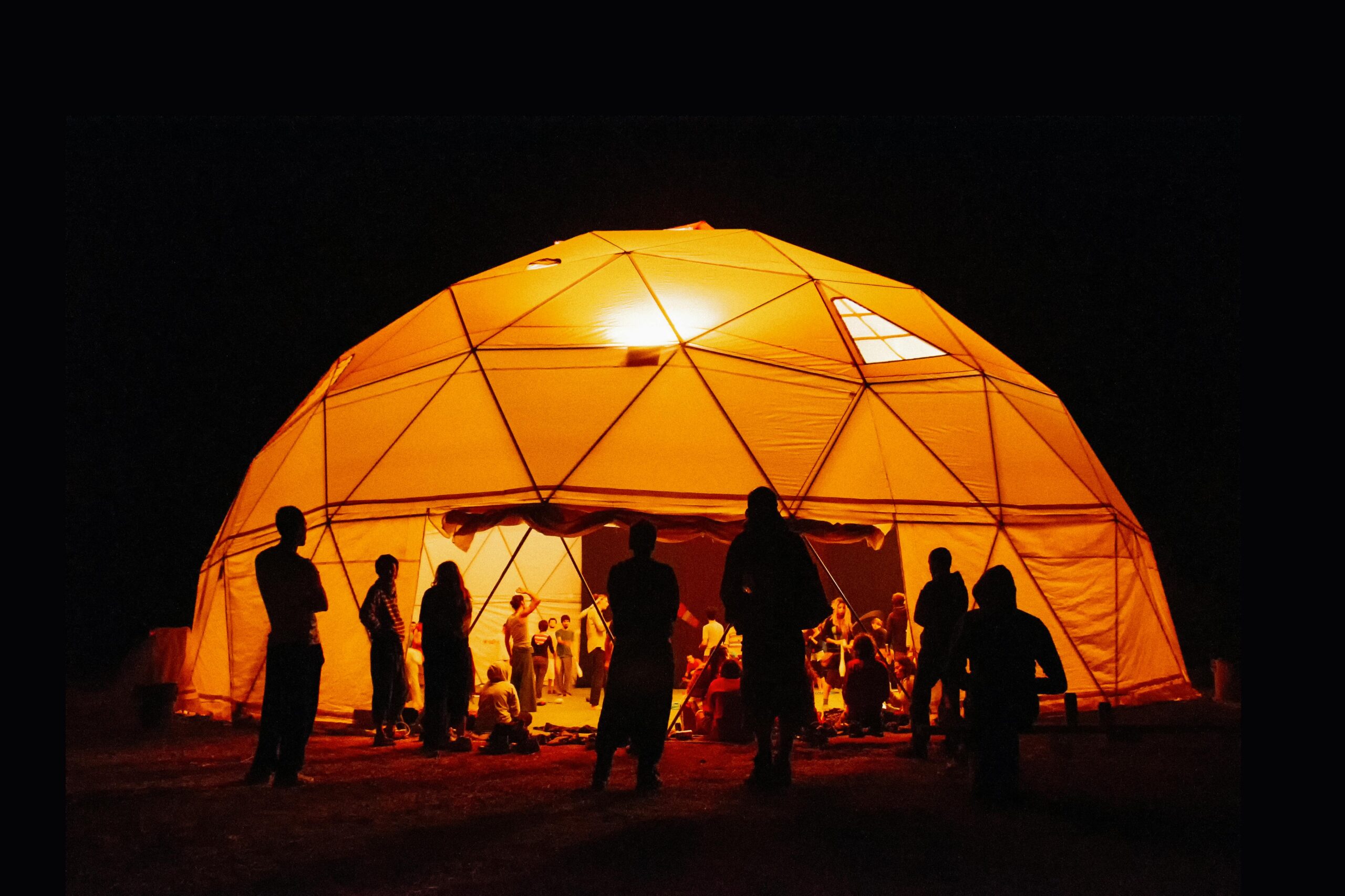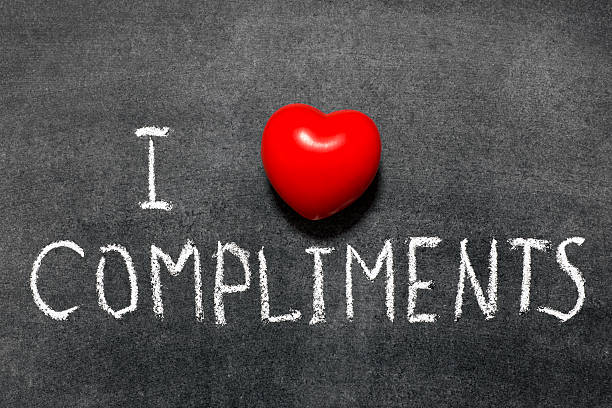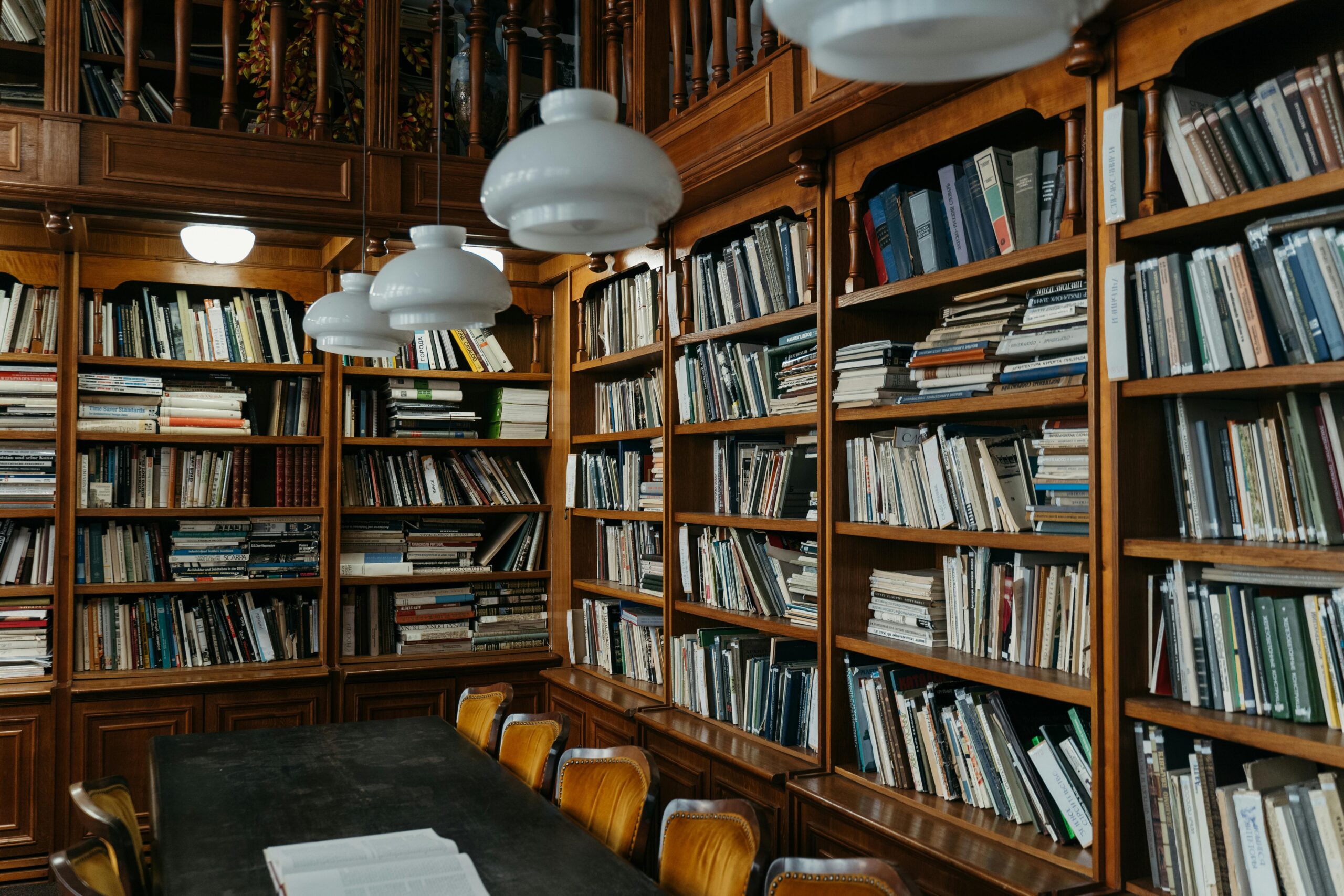How Society Shapes the Words We Use
Have you ever changed how you talk depending on who you’re with? That’s society at work. The way we speak isn’t random — it’s shaped by the people around us. From close friends to large social groups, every part of society influences what we say and how we say it. This idea, called social influence, helps explain why speech changes based on social identity, setting, or culture. Whether it’s using formal words in a job interview or slang with friends, social norms guide our communication. Understanding this connection shows how deep society’s impact on our language and thoughts really is.
What Is Social Influence and Why It Matters in Language
Social influence means the way people affect each other’s behavior, choices, and communication. In simple words, we often change how we speak to fit in, gain approval, or avoid standing out. This can be seen in three key ways: conformity (copying others), compliance (agreeing to please), and obedience (following rules or authority). These forms of influence show up in how we choose words, tone, and even accents. For example, students may use different language with teachers than with friends. This proves how group dynamics, peer pressure, and cultural expectations shape our day-to-day language choices — often without us realizing.
Sociolinguistics — Where Language Meets Society
Sociolinguistics is the study of how society shapes the way we speak. It shows that our language is more than just words — it’s a reflection of who we are. Your social identity, like age, gender, class, or region, influences how you talk. Think about accents, slang, or even grammar choices — they often tell others where you’re from or who you relate to. We also practice something called code-switching — changing our speech depending on the group we’re with. For example, someone may speak more formally at work but casually at home. It’s all part of how society shapescommunication.
Cultural Norms and Communication Styles
Our culture deeply impacts how we communicate. High-context cultures (like those in Japan or the Middle East) rely heavily on non-verbal cues and shared understanding, meaning what’s left unsaid is just as important as what’s spoken. On the other hand, low-context cultures (such as in the United States or Germany) tend to prioritize directness and clarity in speech. These cultural differences can change everything from tone and body language to even word choice. In some cultures, indirect language signals respect, while in others, being upfront is seen as honest and clear. Understanding these differences helps us communicate more effectively in a globalized society, showing how social influence is tied to cultural expectations.
Group Dynamics and Peer Influence on Language
Have you ever found yourself picking up new words or phrases just because your friends use them? This is the power of peer influence in action. People often adapt their speech to fit into different social groups, whether at school, work, or even online. This concept is closely tied to group dynamics, where language is used to signal belonging. In a group, you might use certain slang or even specific accents to show you’re part of the team. On the other hand, when you’re outside that group, you might alter your speech again to fit in with a different crowd. Peer pressure plays a big role here, as we subconsciously adjust our speech patterns to align with those around us. This shows just how much our social environment shapes our language choices.
The Psychology of Speech Behavior
The way we speak isn’t just influenced by culture and peers; our psychological makeup plays a huge role. Cognitive biases, for instance, affect how we choose words, the tone we use, and even how we interpret what others say. We may unconsciously adjust our speech to please authority figures or fit societal expectations. Social validation also affects our speech patterns — we tend to mimic others, whether it’s their accent, tone, or choice of words. This psychological tendency to mirror others is a key reason why language can change so quickly within a community. The desire to belong and the influence of authority often push us to adjust our language to reflect those around us.
Language Evolution Through Social Pressure
Language is constantly evolving, and much of this change is driven by social pressure. Think about how new slang words spread quickly — what was once a niche expression can become mainstream overnight. This happens because social groups often pressure each other to adopt new communication trends, whether they’re influenced by pop culture, media, or even political movements. Over time, these new words or phrases become normalized, and older forms of speech fade away. For example, the rise of digital communication and platforms like Twitter has led to the widespread use of abbreviations like “lol” or “brb.” These changes aren’t just random; they reflect how society shapes language to fit modern needs and trends.
Digital Society and Its Linguistic Impact
In today’s digital age, social media and online communication are changing how we speak in real-time. Texting, tweets, and comments often have their own language, full of acronyms, emojis, and abbreviations. Words like “selfie,” “hashtag,” and “vibe” didn’t exist in the mainstream just a decade ago. These shifts are influenced by online communities, where new terms spread rapidly due to the large reach and interaction potential of digital platforms. Social influence online is incredibly powerful, as peer pressure and group dynamics quickly create language trends. Additionally, the rise of visual communication — like using emojis to convey emotions — shows how language is becoming more multimedia-focused in this digital society.
Language Policing and Censorship
In every society, language is not just shaped by the people around us but also by institutions that enforce linguistic norms. Language policing refers to the rules and pressures that dictate what’s acceptable to say and what isn’t. This can come from governments, media, or even social groups. Political correctness is one form of language policing, where certain words or phrases are discouraged because they may be considered offensive or harmful. While free speech is a fundamental right, society often finds itself in tension with the need to regulate language to protect marginalized groups. Cancel culture is an extreme example, where certain language choices can lead to social exclusion or public shaming. Understanding the role of language policing helps us navigate the delicate balance between self-expression and social responsibility in a world that is always changing.
Conclusion: A Fluid Relationship Between Society and Language
In conclusion, the way we speak is not just a personal choice — it’s influenced by the society around us. From cultural norms to peer pressure, group dynamics, and language policing, the forces of social influence shape our words, tone, and expressions. Whether consciously or unconsciously, we adjust our speech to fit into various social environments, helping us connect, communicate, and be understood. As society evolves, so too does language, with new words and phrases emerging while old ones fade away. In this digital age, the power of social media and online interactions is accelerating these shifts, making language even more dynamic. Understanding how society influences what we say gives us the tools to be more mindful communicators, respecting the social contexts we navigate every day.






